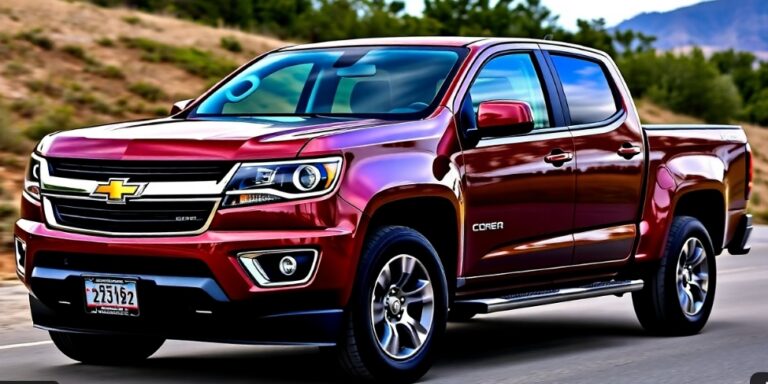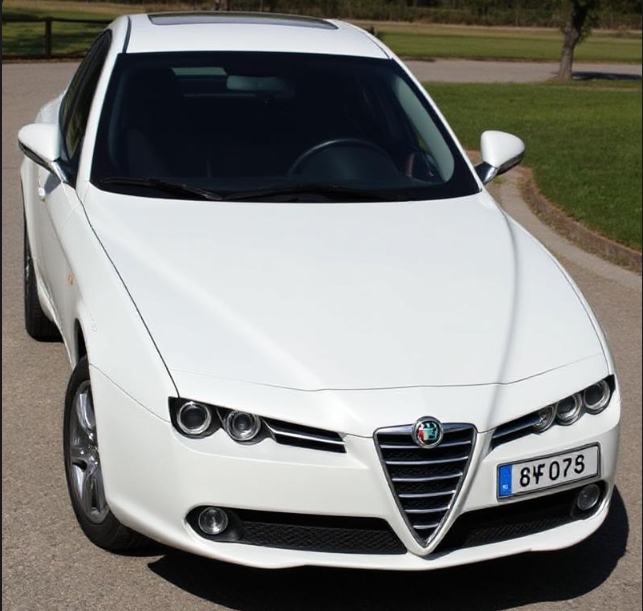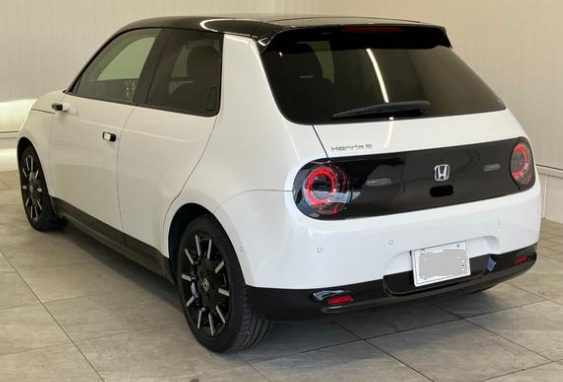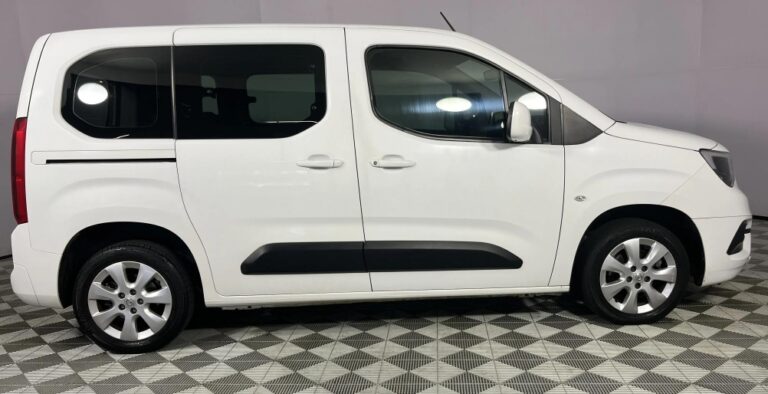The Evolution of Mazda CX-3, CX-8, and CX-9
Mazda has established itself as a prominent player in the global automotive industry, renowned for its stylish design, engaging driving dynamics, and innovative engineering. Among its lineup, the CX series—comprising the Mazda CX-3, CX-8, and CX-9—has seen significant evolution over the years, reflecting Mazda’s commitment to quality, safety, and customer preferences. This article traces the development of these models, detailing their production timelines, model variants, and trim levels.
Mazda CX-3: The Subcompact Crossover
Introduction and Early Years (2015–2023)
The Mazda CX-3 was introduced globally in 2015 as Mazda’s entry into the subcompact crossover segment. It was designed to appeal to urban drivers seeking a stylish, efficient, and fun-to-drive vehicle. The CX-3 was built on Mazda’s Skyactiv platform, emphasizing lightweight construction, fuel efficiency, and dynamic handling.
Launch and Initial Models (2015–2016)
2015 Mazda CX-3 Launch:
- Markets: Japan, North America, Europe, Australia, and other regions.
- Powertrain options:
- 1.5L Skyactiv-D diesel engine (in select markets)
- 2.0L Skyactiv-G gasoline engine
- Transmission: 6-speed manual or 6-speed automatic (depending on market and trim)
Trim Levels:
- Sport: Base model offering essential features, manual transmission.
- Touring: Added features like alloy wheels, upgraded interior, and available automatic transmission.
- Grand Touring (GT): Top-tier trim with leather seats, advanced infotainment, premium audio, and safety features.
Mid-Cycle Updates (2018)
In 2018, Mazda refreshed the CX-3 with subtle styling updates, improved interior materials, and additional safety features. The updated model retained its core engine options but introduced new convenience features.
Discontinuation and Market-Specific Variations (2022–2023)
By 2022, Mazda announced the phased discontinuation of the CX-3 in some markets such as North America, where the CX-30 began to replace it, but it continued in other regions like Australia and parts of Europe.
Summary of Models and Trim Levels:
| Year | Model Names & Trims (Global) |
|---|---|
| 2015–2016 | Sport, Touring, Grand Touring |
| 2018–2022 | Same trims with updates; some markets added additional packages |
| 2022–2023 | Discontinued in some regions; remaining models included in legacy sales |
Mazda CX-8: The Mid-Size SUV
Introduction and Market Positioning (2017–Present)
The Mazda CX-8 was launched in 2017, primarily targeting the Australian, Japanese, and Southeast Asian markets. It is a mid-size SUV positioned above the CX-5 and below the larger CX-9, offering three-row seating and a focus on comfort and versatility.
Launch and Early Years (2017–2018)
2017 Mazda CX-8:
- Markets: Japan (initial launch), Australia, Southeast Asia
- Platform: Based on the Mazda CX-5 but stretched for three rows.
- Powertrain options:
- 2.2L Skyactiv-D diesel engine
- 2.5L Skyactiv-G gasoline engine
- Transmission: 6-speed automatic
- Drive options: Front-wheel drive (FWD) and all-wheel drive (AWD)
Model Variants and Trim Levels (2017–2023)
Initial Trims:
- 20S: Base model with essential comfort features.
- 25S: Mid-tier with additional amenities.
- 25S Touring: Enhanced features, better interior options.
- 25S AWD: All-wheel-drive versions of the above trims.
- Exclusive Mode: Top-tier with luxury features and advanced safety.
Notable Updates (2020–2021):
Mazda refreshed the CX-8 in 2020, updating its grille, lighting, and interior design to align with Mazda’s ‘Kodo’ design language. Safety features such as Mazda’s i-Activsense suite became standard across trims.
Special Editions and Variations
From 2019 onwards, Mazda released special editions such as the “Limited” and “Takumi” trims, featuring premium materials, advanced infotainment, and safety tech.
Summary of Models and Trim Levels:
| Year | Trims (Australia, Japan, Southeast Asia) |
|---|---|
| 2017–2018 | 20S, 25S, 25S Touring, 25S AWD |
| 2020–2023 | Updated trims with added safety features; Limited, Takumi editions |
Mazda CX-9: The Flagship SUV
Introduction and Global Presence (2007–Present)
The Mazda CX-9, Mazda’s flagship three-row SUV, was first introduced in 2007. It has been a key model in Mazda’s lineup, especially in North America, Australia, and parts of Asia. The CX-9 has been lauded for its luxury-like interior, sporty handling, and advanced safety features.
First Generation (2007–2015)
2007 Mazda CX-9:
- Markets: North America, Australia, select Asian markets.
- Platform: Based on the Ford CD3 platform, sharing some components with the Ford Edge.
- Engines:
- 3.7L V6 (initially)
- Transmission: 6-speed automatic
- Drive options: FWD and AWD
Models and Trims (2007–2015):
- Sport: Basic trim with standard features.
- Touring: Added comfort features, upgraded interior.
- Grand Touring: Premium features, navigation, leather seats, advanced safety.
Second Generation (2016–Present)
The second-generation CX-9 was unveiled in 2015 for the 2016 model year, featuring Mazda’s new Skyactiv technology, Kodo design language, and G-Vectoring Control.
Key Features:
- Engines:
- 2.5L Skyactiv-G turbocharged four-cylinder (introduced in 2016)
- Transmission: 6-speed automatic
- Drive options: FWD and AWD
- Interior: Luxurious, with premium materials and advanced infotainment
Model and Trim Progression:
2016–2018:
- Sport: Base model, FWD or AWD.
- Touring: Mid-tier, added safety and comfort features.
- Grand Touring: Top-tier, with tech packages, leather, and premium audio.
- Signature (from 2017): Ultra-luxury trims with Nappa leather, wood accents, and advanced safety.
2020 Refresh:
Mazda introduced a mid-cycle refresh in 2020, updating front grille design, lighting, and adding standard safety features like Mazda’s i-Activsense suite across all trims.
2022–2023:
The latest models continue with trim levels similar to the 2020 refresh, emphasizing luxury, safety, and technology.
.
RepairSurge Online Repair Manuals Replace Bulky Books With Reliable Digital Information!
Faster And Cheaper Than Traditional Printed Manuals, Users Get Instant Access To The Repair Information They Need For Any Car, Truck, Van or SUV:
.
Trim Level Summary:
| Year | Trims (North America, Australia) |
|---|---|
| 2016–2018 | Sport, Touring, Grand Touring |
| 2019–2021 | Added Turbo models, Signature trim |
| 2022–Present | Updated styling, safety features, similar trims |
Key Technological and Design Evolution
Across all three models, Mazda’s evolution reflects a consistent focus on design, engineering, and safety:
- Design Language: Transition from initial utilitarian aesthetics to the sleek, Kodo design language seen in recent models.
- Skyactiv Technology: Introduction of Skyactiv engines, transmissions, and chassis that enhance efficiency and driving dynamics.
- Safety: Progressive addition of Mazda’s i-Activsense safety suite, including adaptive cruise control, lane departure warning, and autonomous emergency braking.
- Interior: From basic to premium, with increasing use of high-quality materials, digital displays, and connectivity features.
Market-Specific Variations and Discontinuations
While the models are globally available in many regions, certain variations and trims are market-specific:
- Mazda CX-3: Discontinued in North America (replaced by CX-30), continues in Australia and Europe.
- Mazda CX-8: Primarily sold in Japan, Australia, and Southeast Asia; not available in North America.
- Mazda CX-9: Available in North America, Australia, and select Asian markets, with ongoing updates.
Conclusion
The Mazda CX-3, CX-8, and CX-9 have each carved their niches within Mazda’s lineup, evolving consistently to meet changing consumer demands and technological advancements. The CX-3 offers a nimble, stylish subcompact crossover, ideal for urban environments. The CX-8 provides a versatile mid-size option with three-row seating, blending practicality with Mazda’s signature design and handling. The CX-9 stands as Mazda’s flagship SUV, combining luxury, performance, and safety.
Over the years, Mazda’s commitment to innovation, refined design, and driving pleasure has been evident across these models. As the automotive landscape continues to evolve, these models are poised to maintain their relevance through ongoing updates, technological enhancements, and a focus on customer satisfaction.







